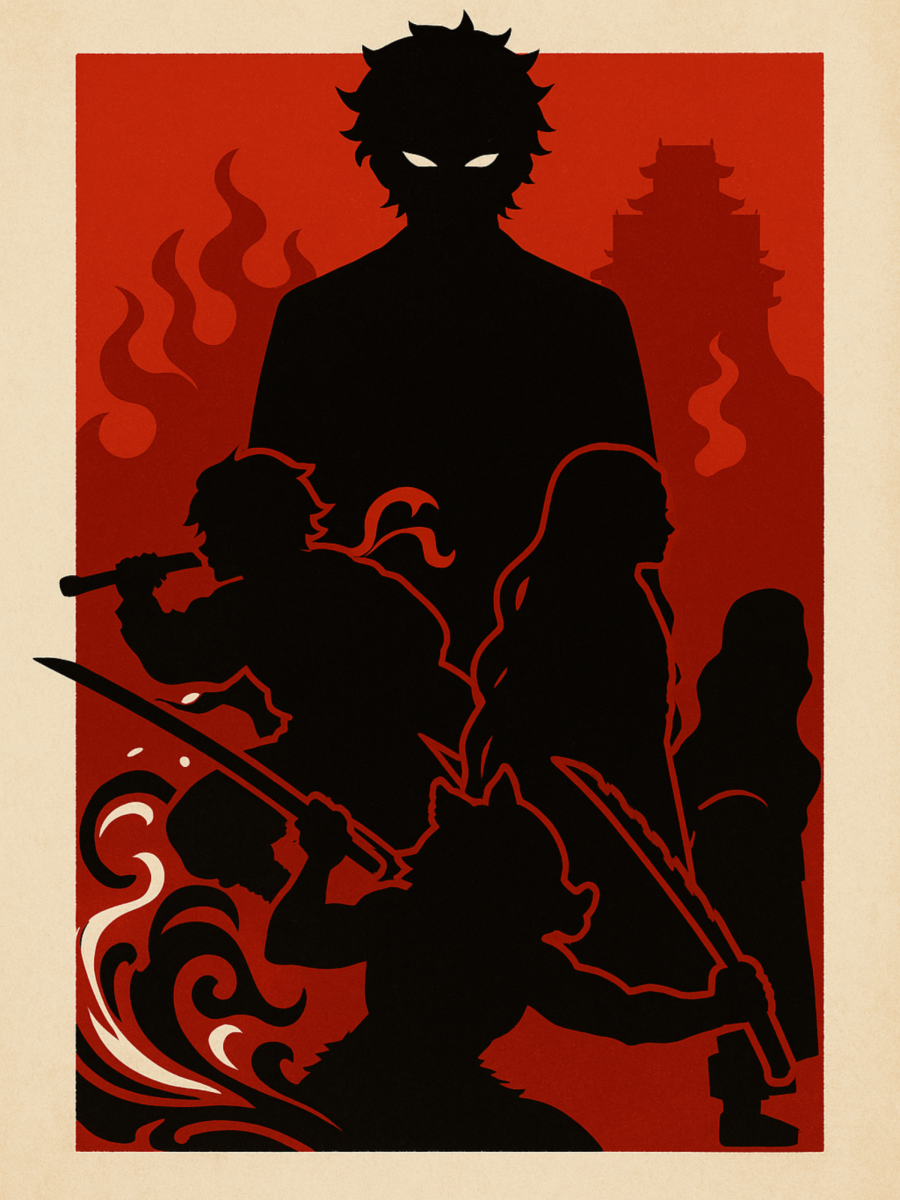“The Creator,” directed and co-written by Gareth Edwards, is a familiar blend of sci-fi films of the past but is perhaps at its most unique when it comes to the portrayal of the machines, or artificial intelligence (AI). Whereas most films like “The Terminator” or “I, Robot” position the machines as a threat to humanity, “The Creator” positions the machines as under threat. AI is a minority group facing annihilation from the U.S. government. For those not making it past the first paragraph, I would encourage audiences to see it on the biggest screen possible to take in the full breadth of the large-scale, big-budget visuals.
Back of the DVD summary: In the U.S., AI is integrated into society on every level. The AI evolves into essentially an entire species, being referred to as “Simulants,” and are included in the workforce, police force and other sections of society usually reserved for humans. The shift in Simulant and human dynamic occurs when a nuclear weapon is denoted in Los Angeles, incinerating millions in seconds. AI is blamed for the incident, however, the true culprit is revealed later. In response, the U.S. declares war against AI, proclaiming the Simulants as threats to humanity. By the time the plot kicks off, Joshua Taylor, played by John David Washington, is in “New Asian,” which is the last hold of human and Simulant symbiosis and comradery, searching for Nirmata, “The Creator” of the Simulants.
I found the story itself to be serviceable, playing into the increasingly common trope of a reluctant father figure taking on, then later bonding with a child that isn’t theirs. The film is also another story about war with machines and asks what it means to be human. In terms of familiarity, it ranks high; where it shines is in its depictions of the machines and lengths to which the writing and directing go to humanize them. In“The Creator”, machines practice religion — they are Buddhist monks, they can raise a family. Machines mourn their dead. Machines bury their dead. They drink, smoke and laugh. In all of the ways that matter, the Simulants are presented as human.
Another welcome twist on the formula of Humanity vs. AI is if the machines are the oppressed, then who is the oppressor? In this instance, the U.S. is the oppressor and is portrayed as an imperialist nation hellbent on destroying AI The U.S. operates with impunity in its war against the AI, coming off as incredibly reminiscent of the U.S.’s war on terror and on communism. There is even a Death-Star-like super-weapon that respects no borders or sovereignty of nations; its excuse is purely the destruction of AI The violence committed against the Simulants in the film, too, is highly reminiscent of the Vietnam War, which, to me, appeared as visual shorthand for “bad guys doing bad things to innocent people.” While it was effective, it felt a bit heavy-handed, especially compared to the smaller moments where machines are acting like people in thriving communities, instead of victims.
I enjoyed this film. I wouldn’t rank it in my top ten this year, but it delivered a solid movie-going experience that asked a lot of questions of its audience but didn’t feel the need to answer them. It respected the audience’s intelligence, which I appreciated. Once the film ended, I noted some of the diverse reactions. One movie-goer said they more or less liked it.
“The plot was a little obtuse, but the visuals were fantastic.”
Another movie-goer said it was “long but worth it, it’s good, and well constructed.”
I would ultimately say, if you are able, definitely go and support this film. Online audiences always claim that there are no original ideas in the film. Well, here’s one, so go support its release!








